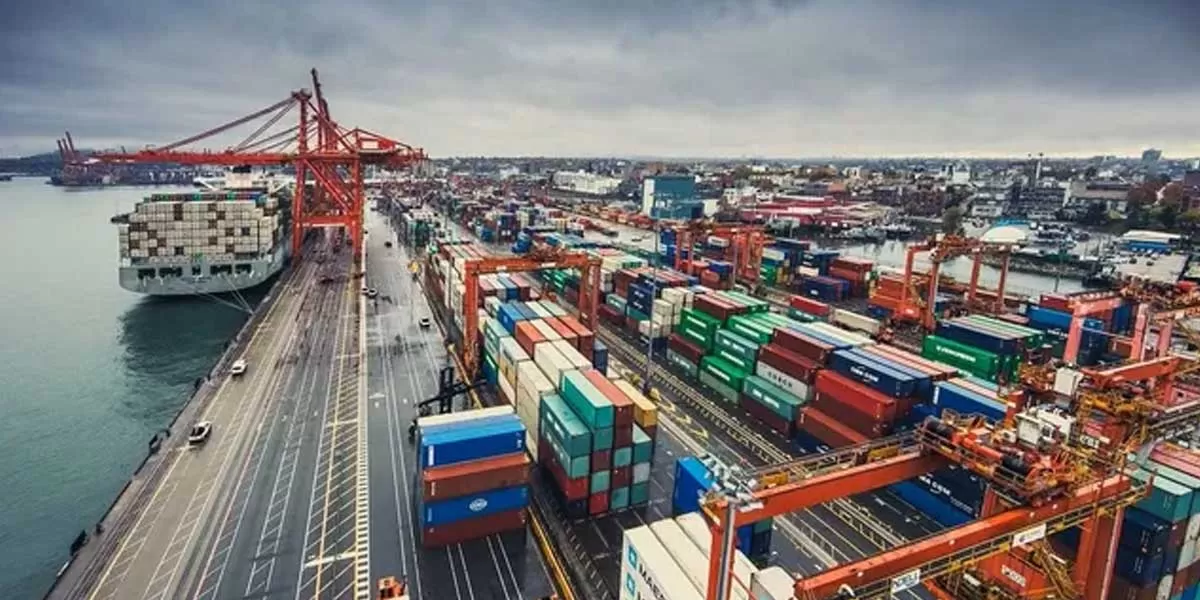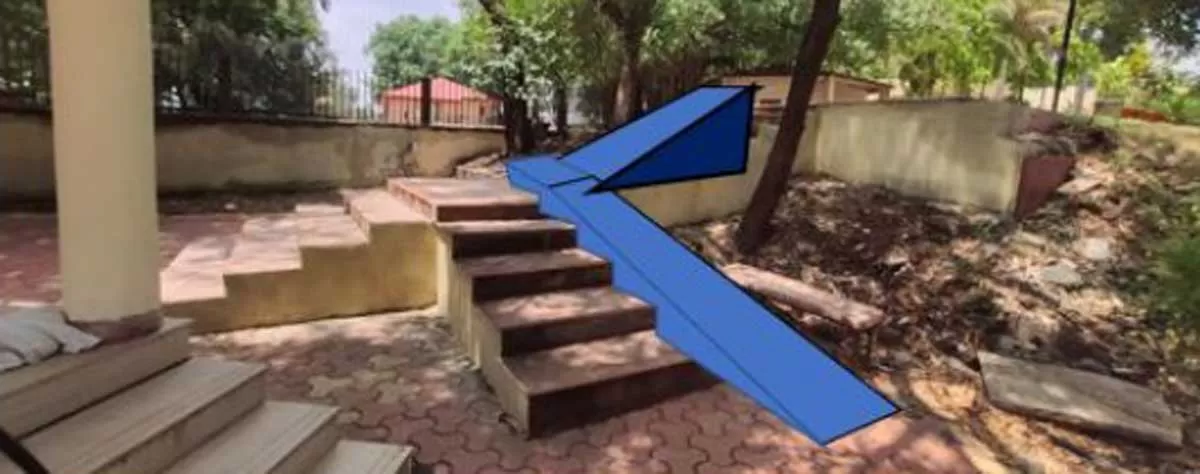Vadhavan Port brings apprehension to the PPP model
24 Jun 2024
4 Min Read
CW Team
On the surface, the Cabinet's approval to construct a megaport at Vadhavan, close to Dahanu, in the Palghar district of Maharashtra, is unquestionably a significant move by the NDA government. However, a closer examination reveals that the project's original design, originally intended to be completed in phases, has been altered by placing the Rs 177 billion package for dredging and reclamation works under a public-private partnership. This raises concerns about the project's seamless execution. An investment of Rs 389 billion is needed to build the new deep draft port's basic infrastructure, which includes dredging, reclamation, shore protection works, breakwaters, approach trestles, rail and road connectivity, land acquisition, and other common utilities.
Initially, the engineering, procurement, and construction (EPC) process was to be used for all essential infrastructure activities.
However, according to a New Delhi-based source with knowledge of the matter, the Cabinet decided that the Rs 177 billion dredging and reclamation package would be implemented through a ?suitably structured PPP model with appropriate risk sharing and financial support arrangement between VPPL and concessionaire (for instance, hybrid annuity models, gap funding by VPPL)?. Using EPC mode, the remaining core infrastructure will be built.
The commercial operators of container terminals, multipurpose berths, coastal cargo berths, RO-RO, and liquid berths chosen by Vadhavan Port Project Ltd (VPPL) would contribute the remaining project cost of Rs 37,244 crore. The state-owned Jawaharlal Nehru Port Authority and the Maharashtra Maritime Board (MMB) established VPPL as a special-purpose business to carry out the new port.
A dredging industry official expressed that the PPP model would be viable for dredging and reclamation contracts only under certain conditions. He emphasised the necessity of clarity on revenue streams and accurate traffic projections. He added that lenders would be reluctant to finance such projects without a clear cost recovery or revenue generation mechanism.
Regarding the construction of Vadhavan, it was noted that it would cover 1,448 hectares of reclaimed area to handle container cargo from and to the northern hinterlands currently served by Mundra, Deendayal (formerly Kandla), Jawaharlal Nehru, and Pipavav ports. The cargo projections were originally based on existing port capacities, as detailed in the project's DPR. However, concerns arose when Adani Ports and Special Economic Zone Ltd. (APSEZ) announced plans to double Mundra's capacity by 289 million tonnes, which nearly matched the planned capacity of 298 million tonnes at Vadhavan. This development raised uncertainties about the cargo projections for Vadhavan, potentially affecting revenue generation and cost recovery.
A second dredging source commented on the challenges of quoting for dredging and reclamation works under PPP due to these uncertainties. The source speculated that selecting a PPP operator for such tasks would likely be difficult and could delay project implementation. To address environmental concerns and opposition, the location of the new port was shifted offshore. This adjustment aimed to mitigate ecological impacts in Dahanu taluka and reduce the need for extensive land acquisition, limiting it to 571.06 hectares for rail and road connectivity.
The offshore site necessitated large-scale reclamation, requiring sand from borrow pits off the coast of Daman, approximately 50 kilometres away. This reclamation work was designated for implementation through the PPP route following Cabinet approval, despite questions regarding this decision. Explaining the differences between EPC and PPP models for dredging and reclamation, it was highlighted that in PPP, payments would be linked to ships calling at the port through a special dredging levy to aid the PPP operator in cost recovery. Conversely, in the EPC model, the port authority funds the work and recovers costs through vessel-related charges.
A second dredging industry source remarked that uncertainties and risks associated with revenue generation and traffic would likely result in higher costs for ports operating under PPP, potentially making them less attractive to ships. This could adversely impact cargo terminals and overall port development.
Lastly, Unmesh Wagh, Chairman of the Jawaharlal Nehru Port Authority (JNPA), affirmed their commitment to implementing the project in accordance with Cabinet directives. He underscored the importance of Vadhavan port in India's future growth story, particularly for catering to growing EXIM container traffic and reducing logistics costs. Wagh also acknowledged the significance of Mundra and Vadhavan ports alongside JNPA, despite concerns over Mundra's expansion potentially affecting Vadhavan. He stressed that these ports were crucial for India's economic development, and the efficiency enhancement of these ports was essential for India's growth trajectory.


















